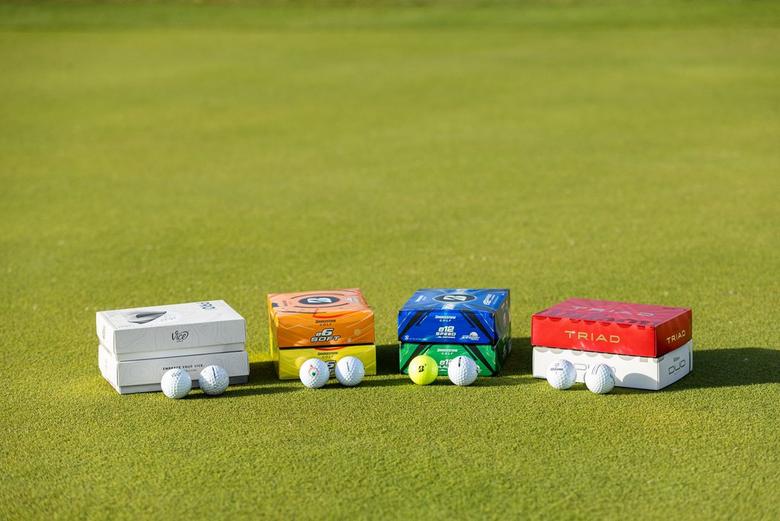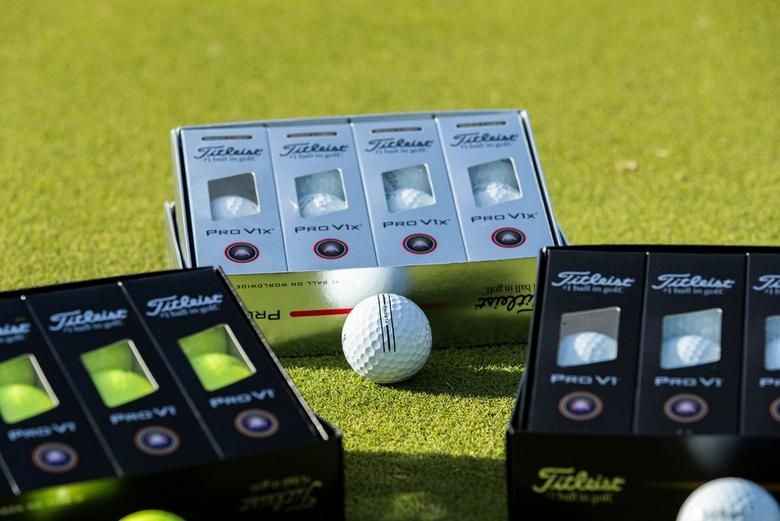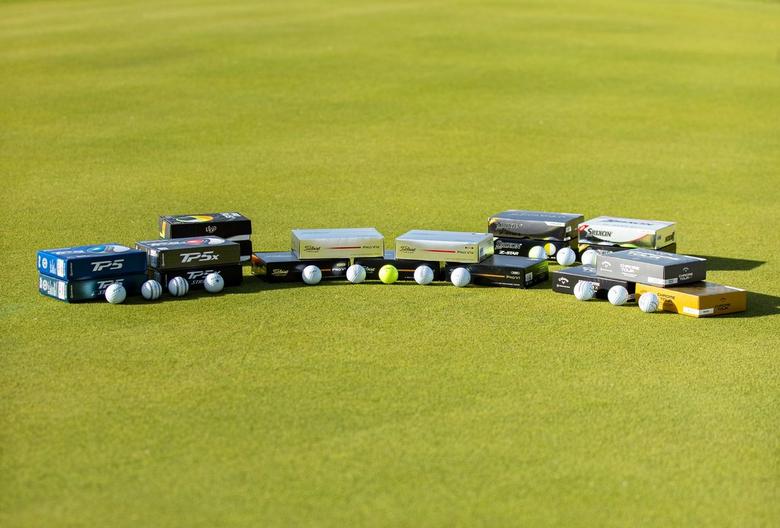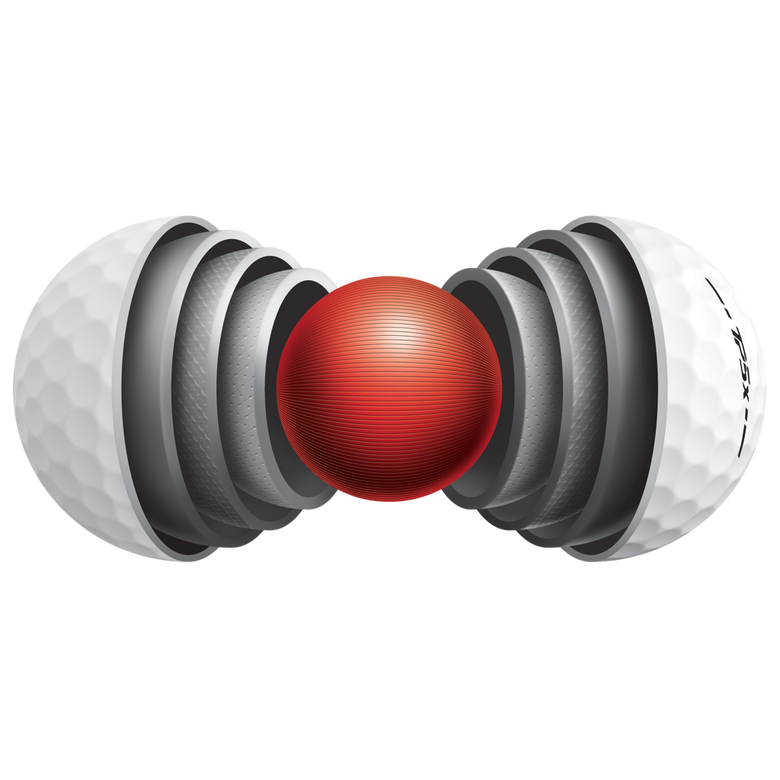Golf Balls Buying Guide
The right golf ball brings on your best game
There are hundreds of golf balls to choose from. And while the one-size-fits-all approach may seem like the less daunting route to take, we’re here to help you easily find the right ball to fit your game. We’re confident that the golf ball you use can have a big impact on your score and playability.
Breaking down ball types
For distance
These balls are best for golfers who want to maximize yardage and speed off the tee. It’s designed with a larger core and thinner cover so it can have a quicker reaction on the clubface.
A look inside (and outside) the ball
Construction
Knowing how a ball is manufactured can give you a better understanding of how it can affect your game. Here we’ve listed out some construction and cover types for you to get familiar with.
- 2-piece
- This ball has a solid, larger core typically made from rubber, and a thinner cover. 2-piece balls are great for beginners because it’s made for more distance.
- Multi-layers
- Whether it’s three, four, or five, each layer of a ball performs a different function. For example, a driver activates all layers for biggest distance, while a short chip shot only needs to activate the outer layers.















